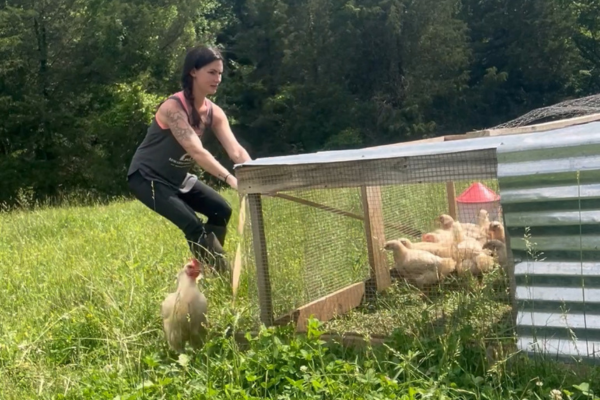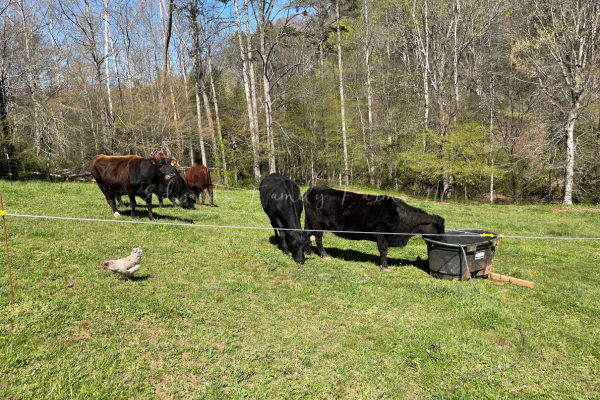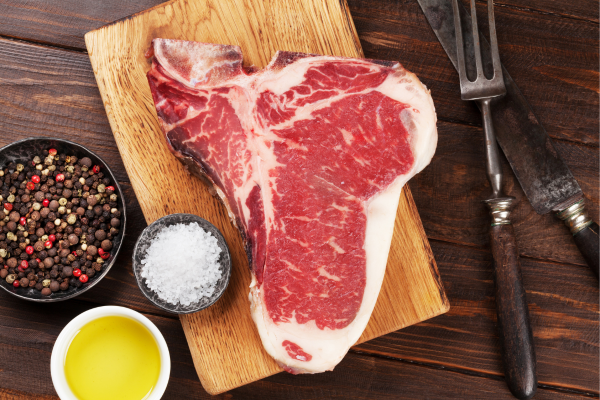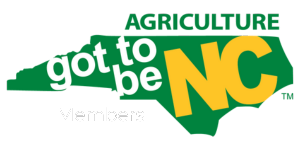Protocols
Pasture Raised
Pasture-Raised Paradise
At our farm, we raise both our chicken and beef on green pastures, ensuring they get fresh air, sunshine, and plenty of space to act like would in nature.
Our chickens are moved every day, sometimes twice a day and protected from outside predators (humans aren't the only ones who really enjoy chicken).
Our cows are rotated daily in the spring, summer and fall. They still spend their winter days munching high quality, never sprayed hay and other forages to keep them healthy through the winter.
While we're not "certified organic," our commitment to animal welfare and quality shines through.
Our chickens are fed a high-quality grain blend because they can't thrive on pasture alone, giving you the best of both worlds (and ensuring our chickens don't starve)—wholesome, flavorful meat you can trust.

Gluten-Free
Our meats are naturally gluten-free.
However, please double check the label and ingredients for our flavored items to make sure it aligns with your needs.
FUN FACT: Plain, fresh cuts of meat, including beef, poultry (chicken, turkey, etc.), rabbit, lamb and fish/seafood meat, are all gluten-free.

Forest Raised
Forest-Raised Fancy!
Our pork is raised in the woods, where they roam freely, foraging for nuts, roots, and everything nature provides—just as pigs should.
They've never seen concrete and are fed a high-quality, locally milled grain since they can’t thrive solely on woodland forage.
Plus, we never give them hormones to boost growth, so you can enjoy naturally raised pork that’s full of flavor and raised with care.

Rotationally Grazed
What is Rotational Grazing?
This is when only one portion of our pasture is grazed at a time while the remainder of the pasture “rests.”
To accomplish this, our pastures are subdivided into smaller areas (paddocks) and our livestock are moved from one paddock to another.
Resting our grazed paddocks allows forage plants to recover and deepen their root systems.
Our rotational grazing practices also help to prevent erosion and agriculture runoff.
Why does this matter?
Left alone on a patch of land, animals like cattle and hogs can quickly destroy all signs of life, compacting the soil as they go.
However, if the animals are managed with rotational grazing, the soil sees big returns.
Grazing encourages plants to send out more and deeper roots.
Those roots are continually sloughed off to decompose in the ground, boosting soil biomass and fertility and sequestering carbon from the atmosphere.

Hormone Free
We believe in raising animals the natural way, which means no hormones—ever.
From our pasture-raised meats to the breeding stock we carefully select, none of our animals or their parents are given any hormones.
It's all about raising them right, so you can trust that what you're eating is clean, pure, and just how nature intended.

Grain-Finished
Grain Finished: Best of Both Worlds
So we like a lot of marbling okaaaayyy...
But don't get it twisted... Our beef still enjoy their fresh grass for their entire lives. We just supplement with some grains near the end to add a unique flavor.
Don't forget... fat = flavor. And it's that good fat too because we source the best high quality grain available to us.



